You will find a large selection of excellent cuvée wines in our online store. Our range also includes numerous single-varietal white wines, rosé wines, red wines and sparkling wines. Lovers of high-proof spirits will also find an exquisite selection of digestifs in our store.
If you are looking for a gift, we recommend the various tasting boxes from our gift service, for example, or a gift voucher, which gives the recipient a free choice in our online shop.
Cuvee wine: everything you need to know
Definition and meaning of the word cuvée
The word cuvée is used differently in different regions. It is derived from the French cuve and means vat, fermentation vat. In France, each wine bottled by a winery is referred to as a cuvée, which can be a blend of several grape varieties or one grape variety from a single vineyard. In France, the term Tête de Cuvée or Cuvée prestige is also used for the top product of a winery.
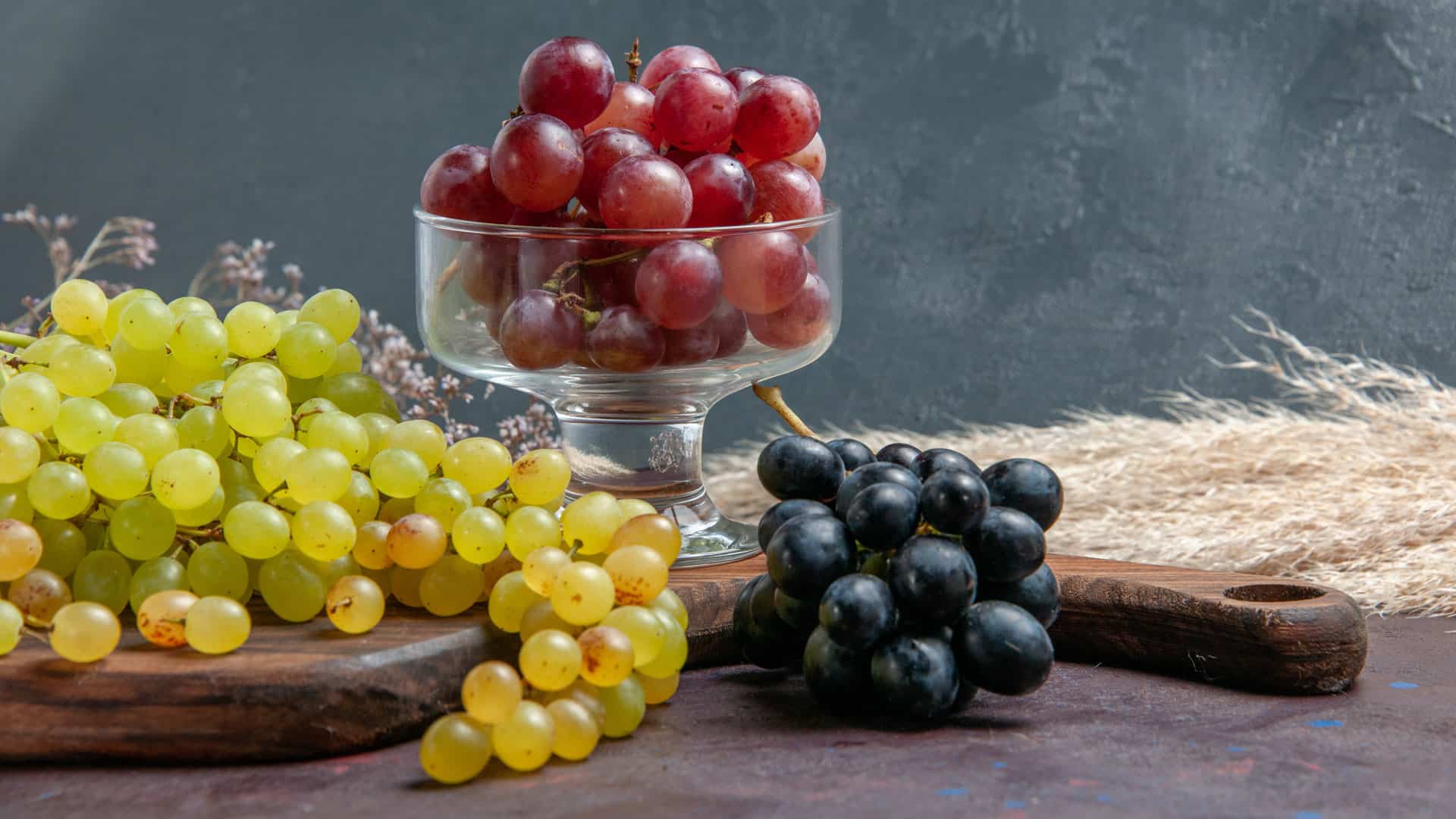
Cuvée in German and international usage
In German-speaking countries, the word “Verschnitt” is used as a synonym. In the international wine world, the term “blend” is also used.
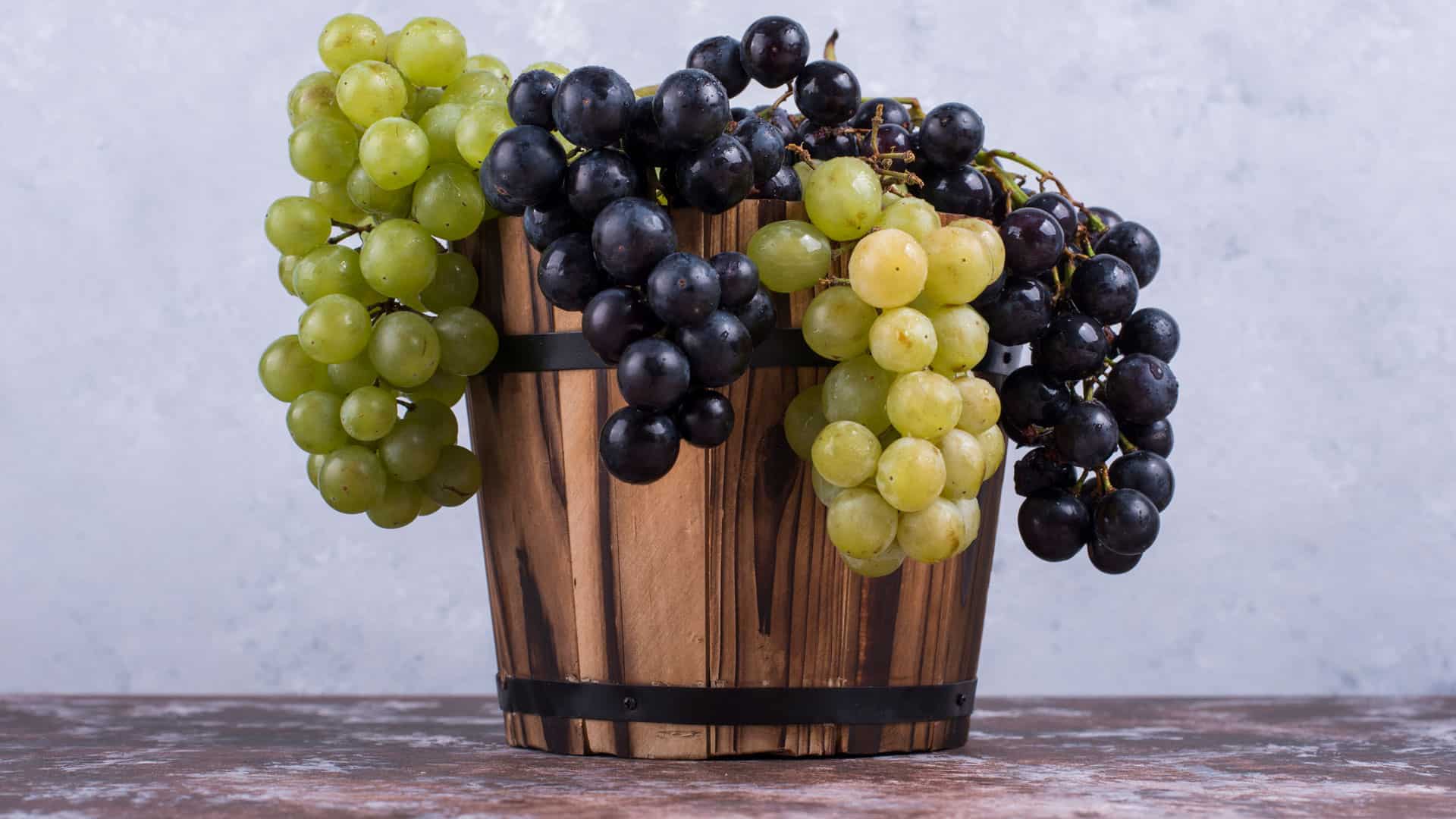
This refers to either the joint pressing or the fermentation of different grape varieties in a fermentation tank for the production of wine or sparkling wine. At the best Swiss winery of the decade, Adrian & Diego Mathier Nouveau Salquenen AG, however, all grape varieties are cellared individually so that they can develop their own unmistakable character. Only then are they married together in the desired proportions.
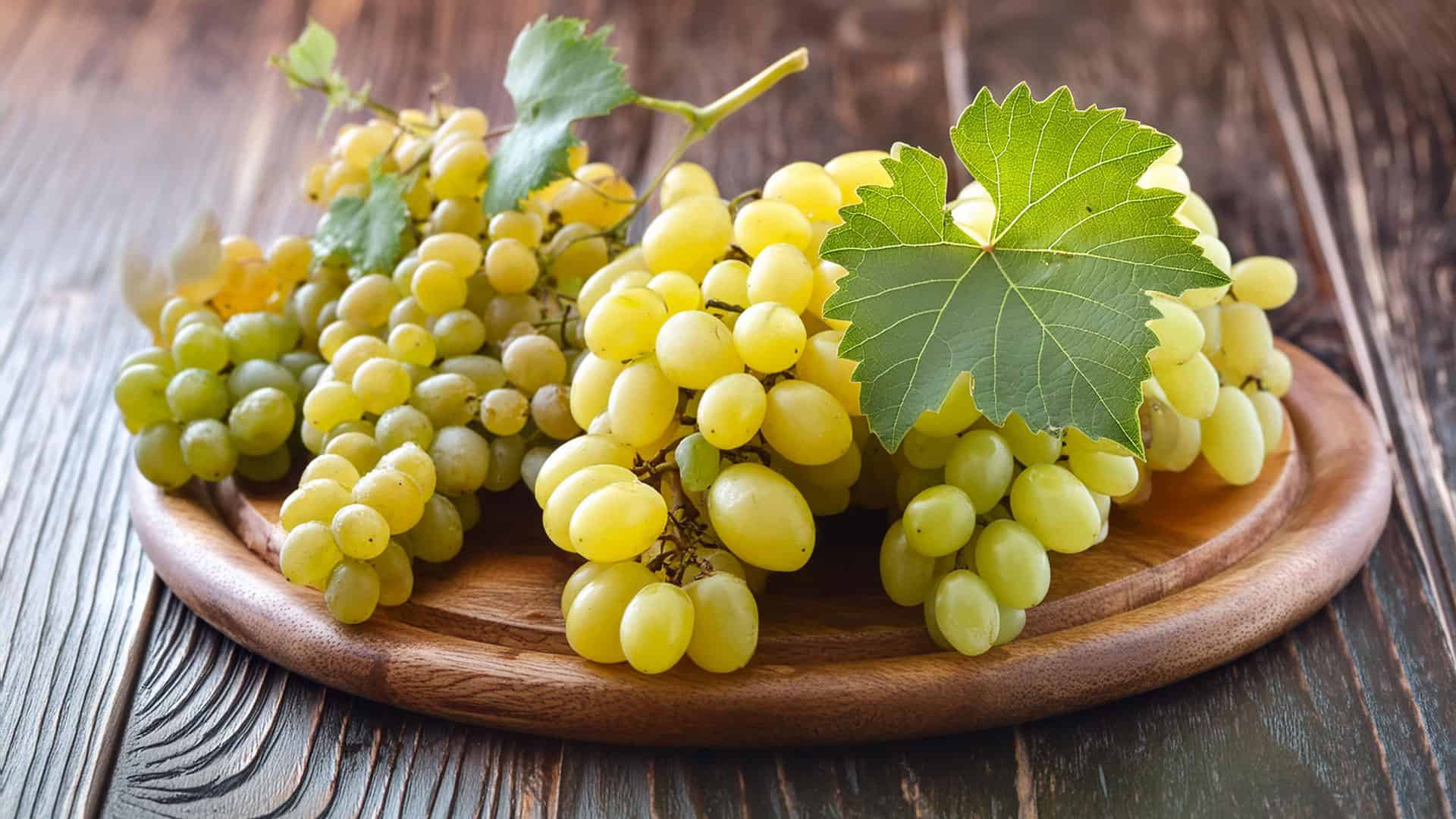
The art of assemblage
The cellar master as composer
It is up to the cellar master to compose a multi-layered, finesse-rich taste experience from wines with different characters. Colorful, full-bodied and tannic wines are often blended with lighter, fruit-intensive wines.
The aim of the assemblage is to utilize the strengths of the individual components and at the same time balance out any weaknesses in order to create a high-quality wine.
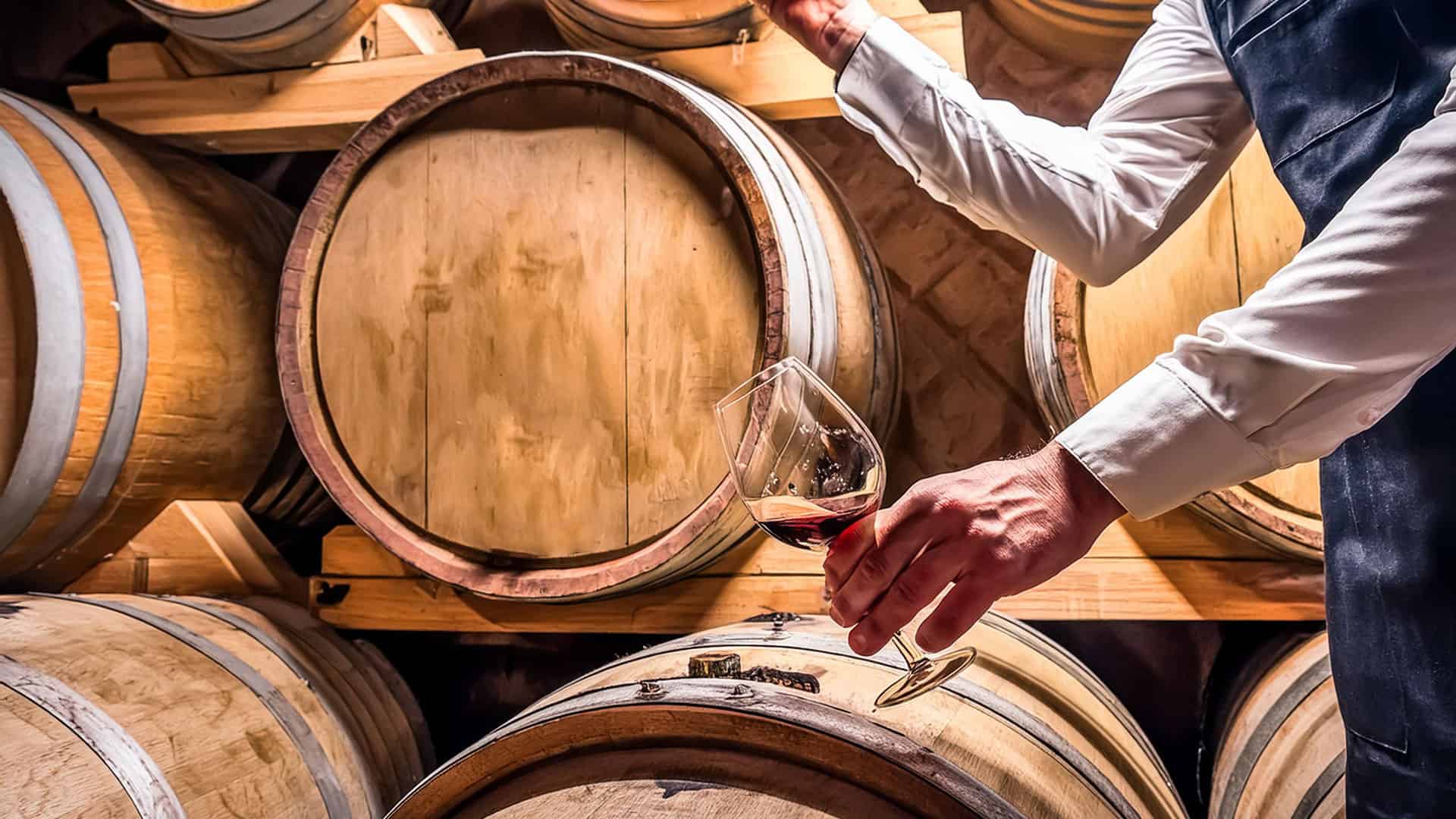
Schiller wine – a special type of cuvée
A special form of cuvée is the Schiller or Rotling, a rosé-colored wine. White and red grapes from the same vineyard are blended before crushing and fermented together. In Valais, on the other hand, 85% Fendant is vinified with 15% Pinot Noir to produce Schiller.
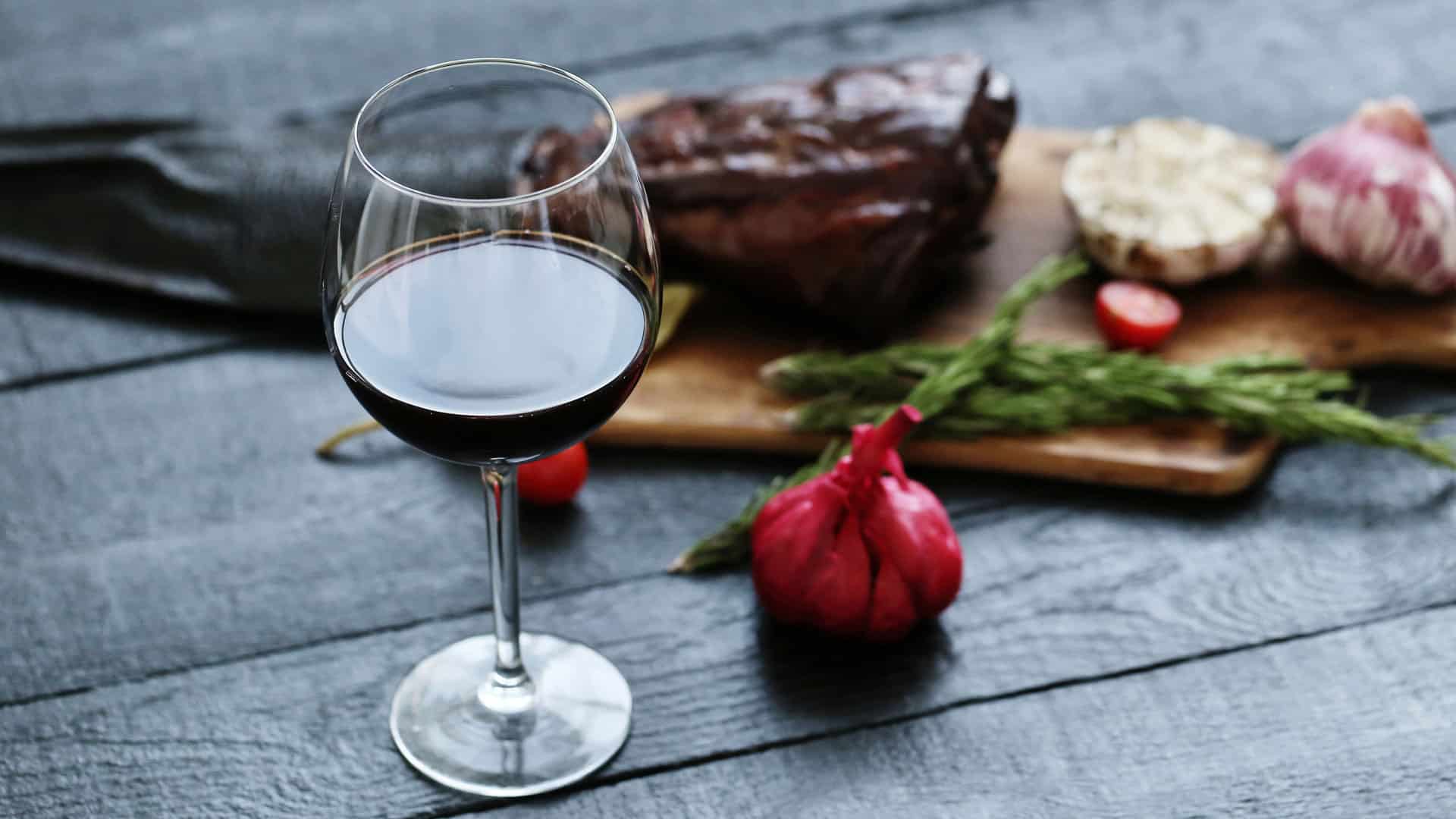
Cuvée grape varieties
The importance of Cabernet Sauvignon in a cuvée
Cabernet Sauvignon, with its high acidity and tannin content and the typical fruit of cassis, paprika and herbaceous notes, is an important grape variety in many cuvées. However, if this grape variety is unable to fully ripen due to unfavorable weather conditions, Merlot is often used as a blending partner for Cabernet Sauvignon.
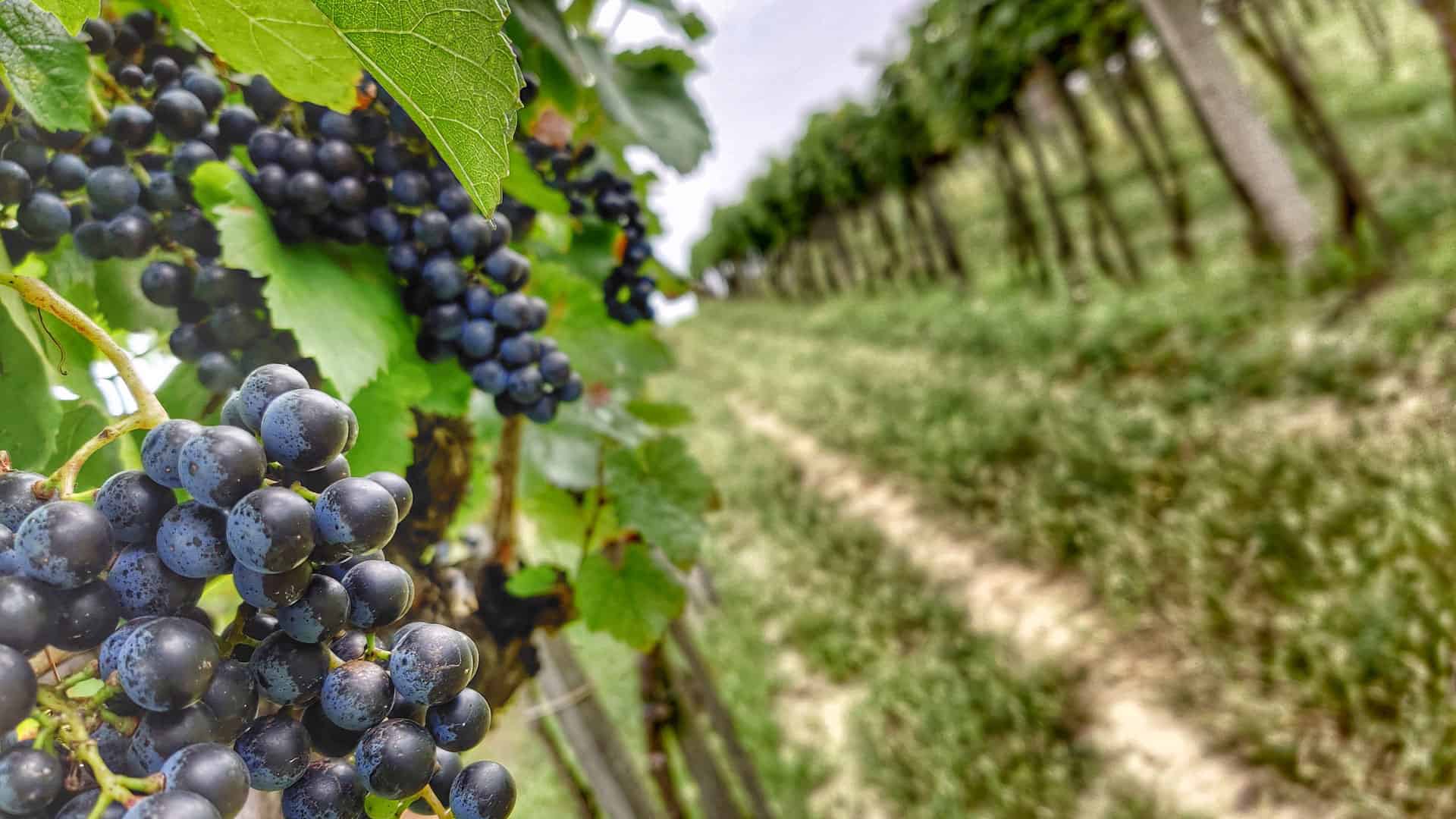
With its higher alcohol content and fruity components of strawberries, cherries, plums and wild berries, Merlot compensates for the acidity and tannic structure of Cabernet Sauvignon. The recipe for success for a typical Bordeaux from the Medoc is 75% Cabernet Sauvignon, 20% Merlot and 5% Cabernet Franc and Petit Verdot.
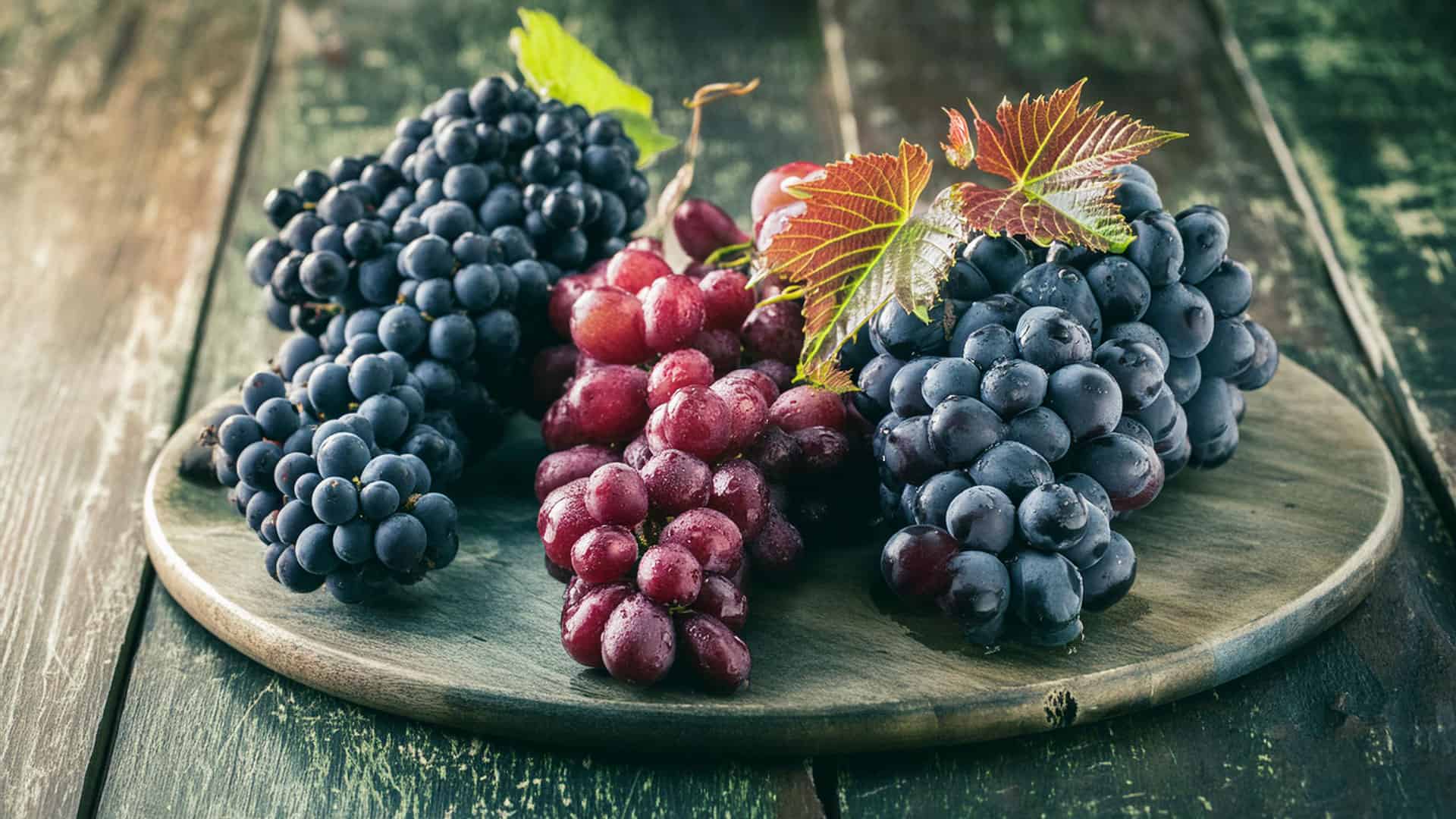
Other grape varieties in a cuvée
Other grape varieties such as Merlot, Zweigelt and Pinot Noir are often used in red cuvées. The choice of grape varieties depends on the region, the vintage and the desired taste. In Champagne, the white grape varieties Chardonnay, Pinot Noir and Pinot Meunier are often blended to achieve the characteristic taste and style of Champagne.
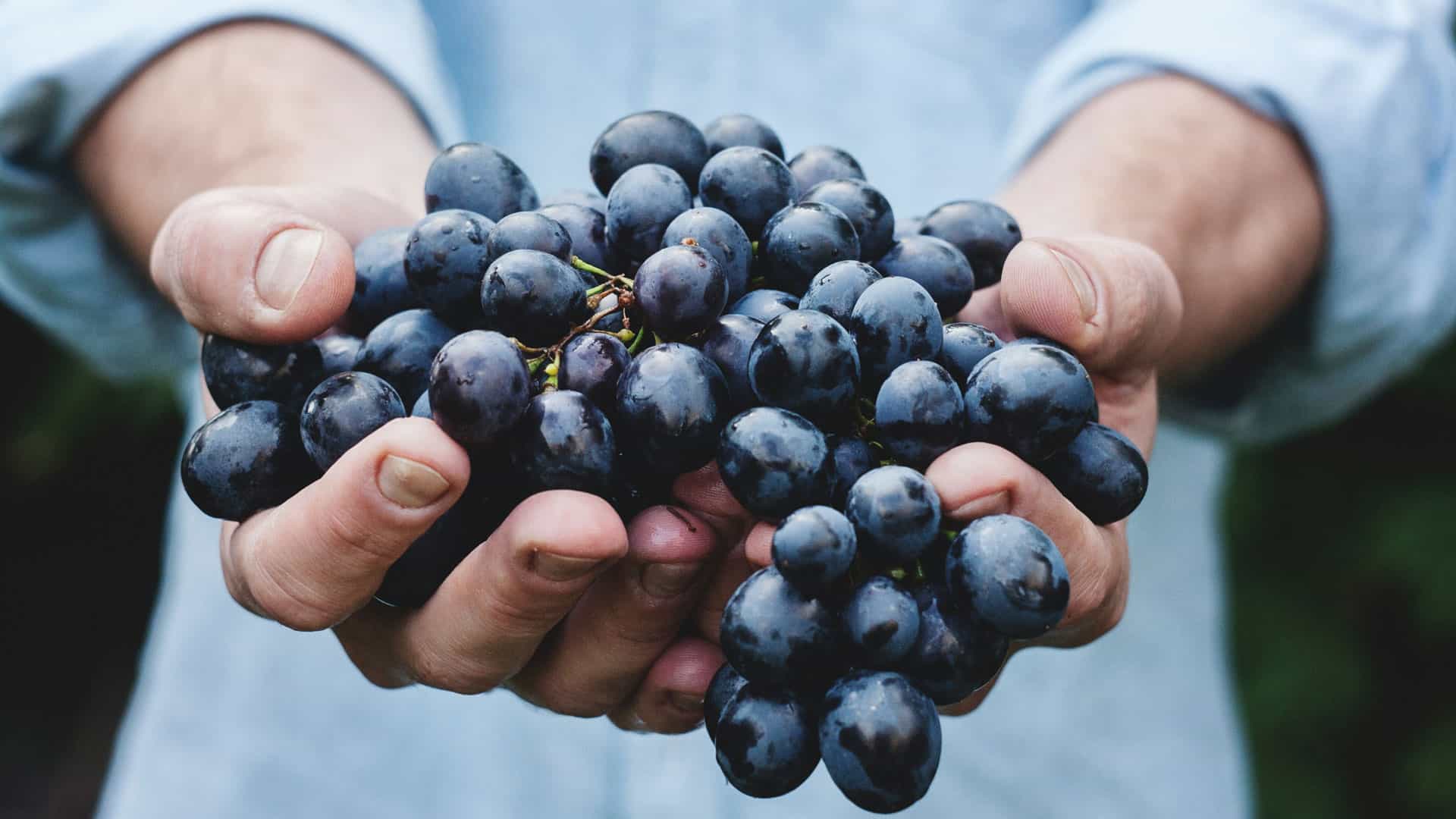
Quality and guidelines
Strict guidelines guarantee the quality of a cuvée
In the controlled appellations, grape varieties and blending ratios are subject to strict guidelines. If other grape varieties or even wines from different regions are blended, they may not bear the highest quality designations on the label.
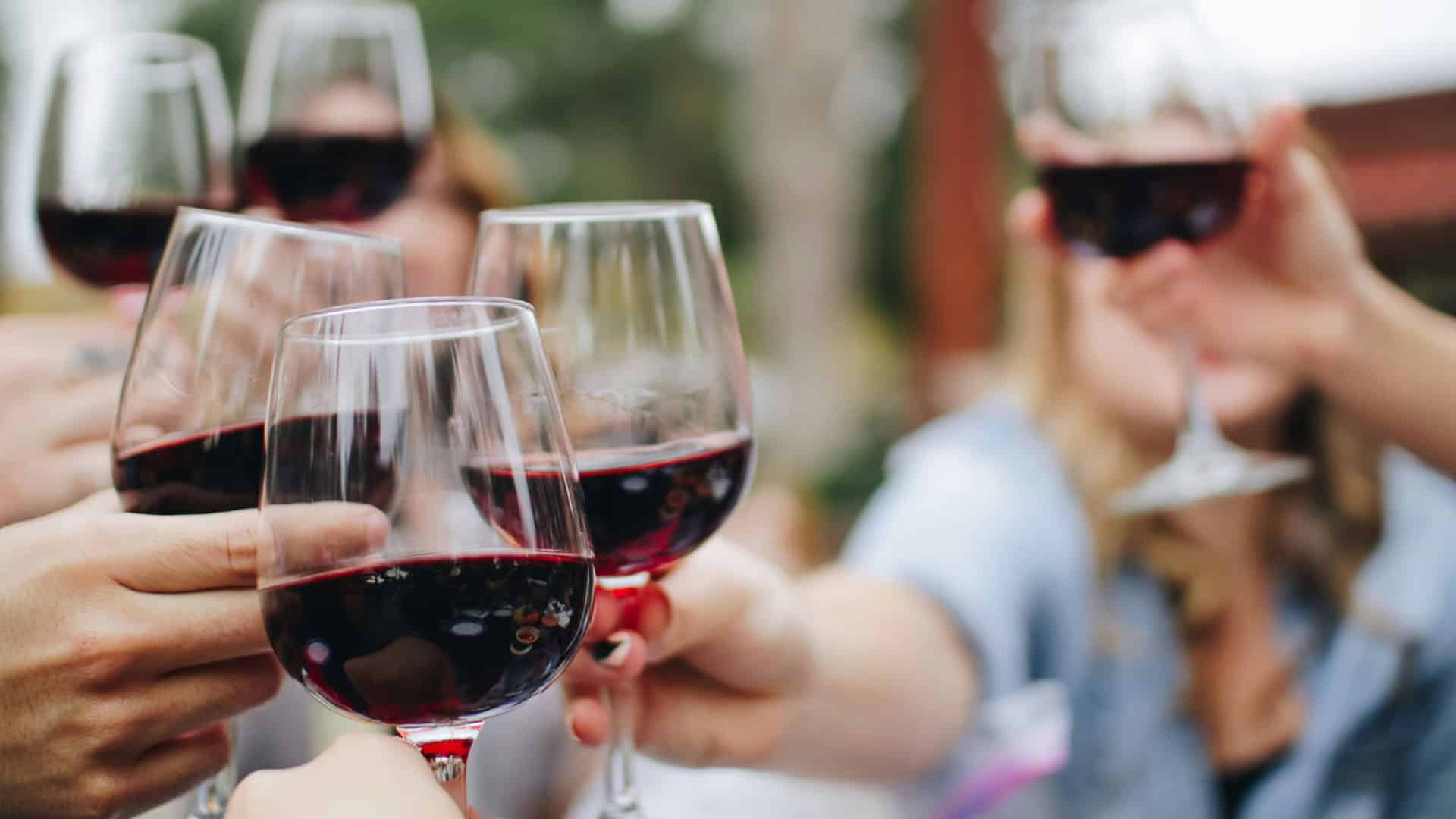
Our cuvée recommendation
L’Ambassadeur de Diego Mathier white AOC Valais
- Grape varieties Marsanne blanche, Paien, Petite Arvine
- Maturation in barrique
- Content: 75 cl (CHF 57.33 / 100 cl) CHF 43.00
- Swiss champions, white blends. This blend gives the wine its special note and quality.
- Decanter World Wine Awards:
- 6x in a row Platinum
- 2x best white assemblage of the competition

Interesting facts about Cuvée wines
Here is an overview of important facts about cuvée wines.
What is a cuvée wine?
The word “cuvée” is derived from the French term “cuve”, which stands for vat or wine container. Originally, it referred to a certain amount of wine, basically a barrel of wine. Nowadays, the term is used for a blend of different wines that come from different grape varieties or vineyards.
Is a cuvée inferior?
Contrary to popular belief, a cuvée is not a wine of inferior quality. When different wines are blended together, the combination of the positive characteristics of the different grape varieties results in new, special taste experiences and therefore also high-quality wines.
What is the difference between assemblage and cuvée?
More precisely, assemblage refers to the process in which different components such as grape varieties, growing regions and vintages are combined to create a wine. In German, the term cuvée is used for high-quality blends of different grape varieties.
How do you drink a cuvée?
Sparkling wines are usually drunk cold. However, this is not always the best way to develop their full potential. The rule is: the higher the quality of the sparkling wine, the warmer it can be served. Standard cuvée sparkling wines should be enjoyed at a temperature between 6 and 8 °C.

